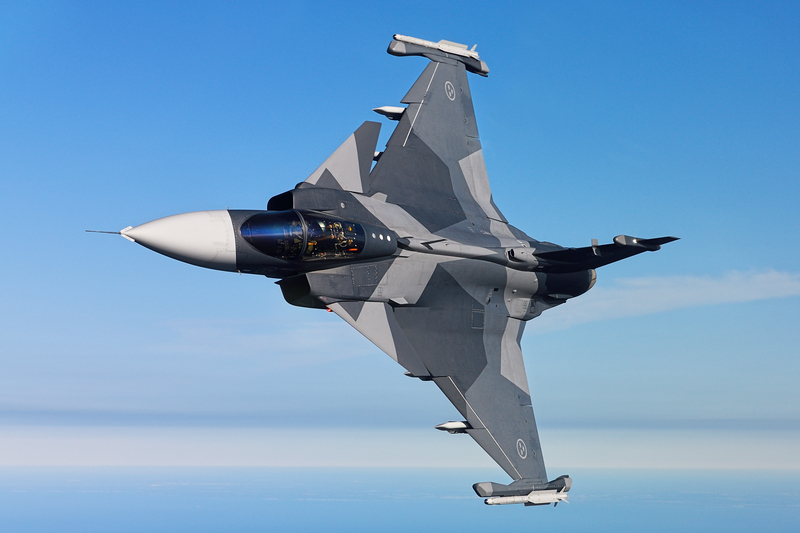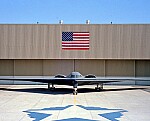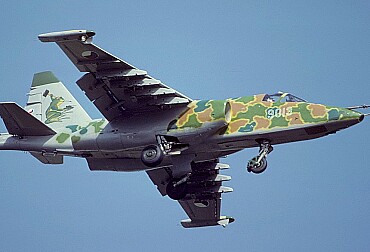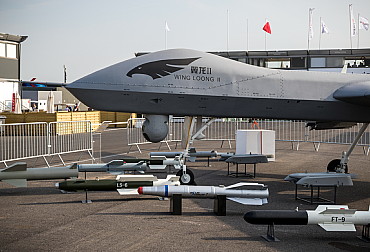Colombia Bolsters Air Defense with $3.6 Billion Gripen Deal: A Strategic Shift in Latin American Skies
In a significant move set to reshape its aerial defense capabilities, Colombia has officially finalized a landmark agreement with Swedish aerospace giant Saab for the acquisition of 17 advanced Gripen E/F fighter jets. The deal, valued at a substantial €3.1 billion ($3.6 billion), solidifies a strategic partnership that will see the next-generation aircraft delivered to the Colombian Air Force between 2026 and 2032.

The comprehensive package includes 15 single-seat Gripen E variants, complemented by two two-seater Gripen F models, along with a full suite of essential equipment and weaponry. This decision, initially made in April but with specific details now confirmed, marks a triumph for Saab, which successfully edged out a competing offer of F-16 jets backed by the United States.
Micael Johansson, President and CEO of Saab, expressed his enthusiasm, stating, "I am honored that Colombia has chosen Gripen E/F to enhance its air defense capabilities and delighted to welcome Colombia into the Gripen family. This marks the beginning of a strong and long-term partnership that will strengthen Colombia’s defense and security, benefit its people, and boost the nation’s innovation power." This sentiment was echoed by Swedish Defense Minister Pal Jonson, who remarked on X that the purchase would "deepen significantly" bilateral defense relations and provide Colombia with "one of the world’s greatest fighter jets."
The acquisition carries a profound geopolitical weight for Colombia. President Gustavo Petro, in a translated statement shared on X, underscored the deal's importance for national sovereignty: "We are moving forward, and we must maintain this pace. At this pace, no one will dare to threaten us, neither from outside nor inside the country." This assertive stance comes amidst heightened regional tensions, including a publicized war of words between President Petro and former US President Donald Trump, set against a backdrop of increasing US military presence in the region.
Beyond the immediate military benefits, the agreement also features two crucial industrial offset packages. These comprehensive cooperation agreements are designed to provide significant benefits to Colombia in diverse sectors, including aeronautics, cybersecurity, healthcare, sustainable energy, and water purification technology. Such offsets are often a critical component of major defense contracts, fostering local industrial development and knowledge transfer.
Colombia now joins its neighbor, Brazil, as an operator of the Swedish-made fighter. Brazil, which has 36 Gripens on order, also hosts an assembly plant for the jets, though it remains to be seen if Colombia's aircraft will also leverage this regional manufacturing capability.
Saab's Gripen platform continues to expand its global footprint. Recent months have seen significant milestones, including a $550 million deal with Thailand in August for four jets. Perhaps most notably, a groundbreaking agreement reached last month between Ukraine and Sweden will see the war-torn nation procure a substantial number of Gripen E fighters, estimated to be between 100 and 150 units, in the coming year. Furthermore, ongoing discussions with Peru signal continued interest in the adaptable fighter across Latin America and beyond.
The Colombian Gripen deal represents more than just a military procurement; it signifies a strategic reorientation, a commitment to national security, and a pivotal step in strengthening regional defense ties, all while leveraging industrial cooperation to foster broader economic and technological growth.









